Do Visual Pyrotechnics Scare Birds?

Birds rely on their sight more than any other sense, so it’s no surprise that our visual pyrotechnics provide great results for wildlife managers at airports, landfills, and beyond.
What is Bear Spray and How Can It Keep You and Your Family Safe
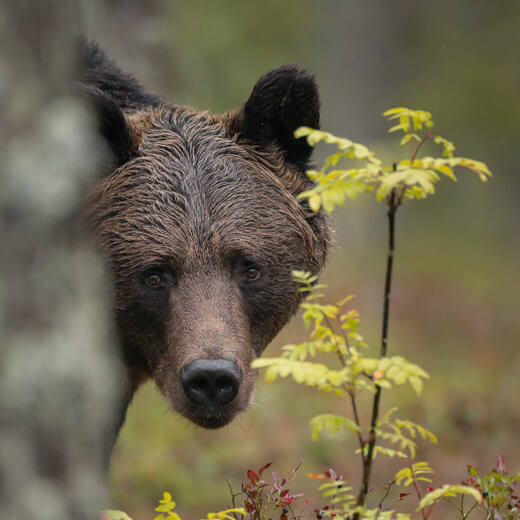
Bear awareness, deterrents and the best bear spray should be a routine part of your wilderness outing, especially early spring through fall.
6 Principles of Effective Electric Fencing
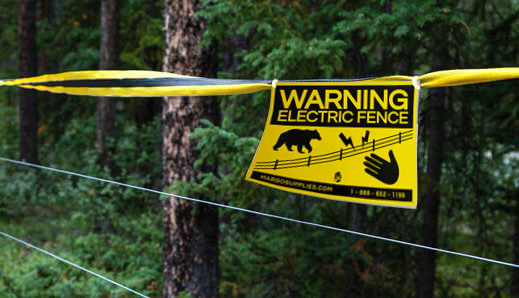
Electric fencing is a non-lethal deterrent that protects attractants from bears, yet doesn’t cause any harm to the animal.
How Effective Are Bird Lasers?

Bird lasers produce a large visible point of light that can be used to scare away problem birds. Many bird species associate this light with a predator like behavior and flee when exposed to the visible light pattern. The most effective bird lasers produce a wide beam, as opposed to a narrow beam in the conventional laser pointers. Green beams generally seem to produce the best results. Bird lasers have a number of control applications but are especially useful for moving birds from their roosts. At Margo Supplies, we’ve tested lasers on a variety of North American pest species with good results overall and have found them to be especially effective on Canada Geese. Lasers are particularly useful in situations where it is not possible to use other more invasive audio deterrents, such as disturbing birds from roosts in and around warehouses, barns, and close to airport terminals. An effective technique is to repeatedly treat roosting sites at dawn and at dusk, this gives birds time to find alternative roosts outside your control area. Diurnal birds will typically not flee a roost area in full dark, no matter how much pressure you put them under so it is important to begin laser treatment as soon as they return back to their roost. The most effective technique is to use the beam of light to slowly approach the roosting site, remember that birds perceive the laser light as a predator-like presence and so you must leave them an escape path. For indoor use, use the laser beam to “herd” birds towards and exit. While bird lasers can be an effective deterrent, many jurisdictions have laws prohibiting high-power lasers. In Canada, only handheld lasers with an output of >5mW are allowed (class 3a or lower), such as our Bird Scare Laser. Power restrictions do somewhat limit laser applications as these lasers will not produce a very visible light during bright daylight. However, we’ve found these tools to be especially effective at chasing birds from roosts sites, which is typically done in low light situations. In addition, high-power lasers can pose safety hazards, particularly in aviation environments. As with all deterrents, bird lasers have both strengths and drawbacks and should be looked at as one tool in your bird control toolbox. Using a wide variety of affordable tools allows your team to react to diverse species and situations while preventing birds from becoming habituated from one type of deterrent.
Bear Safety: An Alberta Case Study
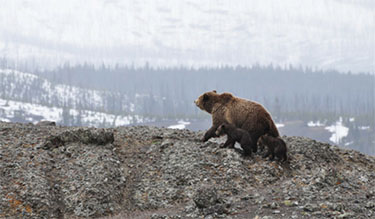
This month we’re lucky enough to feature the work of Dr. Andrea Morehouse who shares the conservation challenges and practical solutions found in Southwest Alberta
Do Bird Cannons Work?
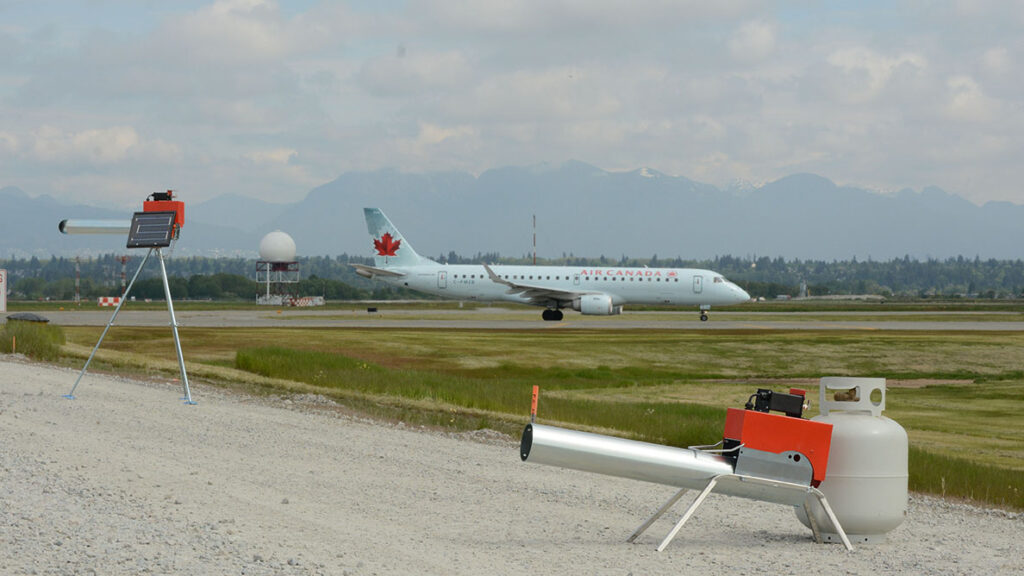
The short answer is yes. We have long understood that loud noises scare birds. We’ve taken that same principle and juiced it up to create 120 dB explosions
Bird Repellent: How to Keep Unwanted Birds Away with a System-Based Approach

You can create an effective bird repellent system by using a variety of options from each class. In this way, it is possible to efficiently protect anything.
Bear Spray: A Necessary Tool for Backcountry Recreationists
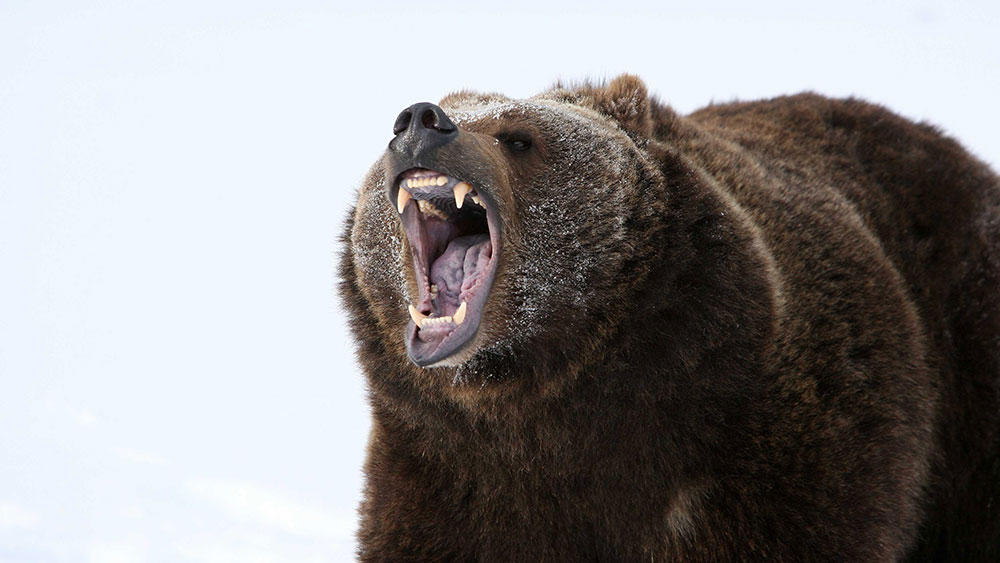
While rare, potentially dangerous bear encounters can occur in all seasons, including winter. It is important to carry bear spray in winter.
Keep Your Cabin Safe with Electric Bear Fencing

Electric bear fencing is one of the best solutions to prevent cabin damage. You can install the fence directly on your cabin to protect the control area when you’re not around.
Preventing Human-Bear Conflicts With Computer Modeling Technology

Press Release– Margo Supplies is proud to announce our involvement in a new computer modeling study over the next year. We will work alongside Dr. Lael Parrott of UBC – Okanagan to research the best methods for reducing human-bear conflicts in Whistler, BC in Canada.
